Common Causes of Smoke & Fire Damage Around the Holidays
Every family wishes for a holiday season that is merry and bright but … not too bright, right? As the cold weather settles in and snow starts to fly in Monroe, the number of house fires increases because people are simply spending more time indoors, and fire hazards are being used more frequently like small heaters, candles, fireplaces, and so on.
According to the National Fire Protection Association, a majority of house fires happen between 5 and 8 p.m. – dinnertime. Winter house fires do more than $2 billion in property damage every year; two-thirds of those fires are in single or two-family home settings, the rest happen in large buildings like apartments or condos.
Decorations
The NFPA also says holiday decorations cause about 860 house fires every year between 2009 and 2013, Christmas trees excluded! Decorations too close to a heat source – like a candle or the fireplace – sparked nearly half of those fires. Twenty percent started in the kitchen, and one out of six started in the living room, family room, or den. One in five house fires started by decorations inside a home (holiday or otherwise) happen in the month of December.
Cooking
Thanksgiving is the #1 day for home cooking fires, followed by Christmas Day, then Christmas Eve. Remember that decoration bit we just talked about? Well – 18 percent of cooking fires involve decorations catching fire because they are too close to the stove or other cooking equipment.
Candles
Yes, these are technically decorations too – but more year-round, and worth their own category. Candles. Who doesn’t love a wonderful smelling pumpkin or cinnamon spice candle burning during the holidays? For many of us, scents are part of the magic of the holidays! However – back to that whole discussion about decoration fires, half of those fires were started by candles during the month of December. That stat drops 15 percent in November and January – so it is clear candles are used much more regularly around Christmastime.
The top three days for home candle fires are Christmas, New Year’s Day, and Christmas Eve.
The U.S. Consumer Product Safety Commission reports how quickly a natural Christmas tree can burn when it’s dried out. Wow – less than a minute for it to be totally consumed. Just imagine how quickly that fire can spread through the house then during dry winter months.
It’s likely you’ve heard all these fire prevention tips before. We get it. Most house fires happen because of simple accidents like someone forgetting about a burning candle or a burner on the stove left on with something flammable on top. The holidays are so busy, and sometimes stressful, it can be easy to forget something so simple! Our best advice is to just simply enjoy the holidays while being aware of your surroundings. Make it a habit to check around the house for decorations that need to be turned off before bed or leaving the house, and voila! You’re set!
The entire team at Advanced Disaster Recovery Inc. is wishing you and your families a Happy Holidays, Merry Christmas, and Happy New Year!

